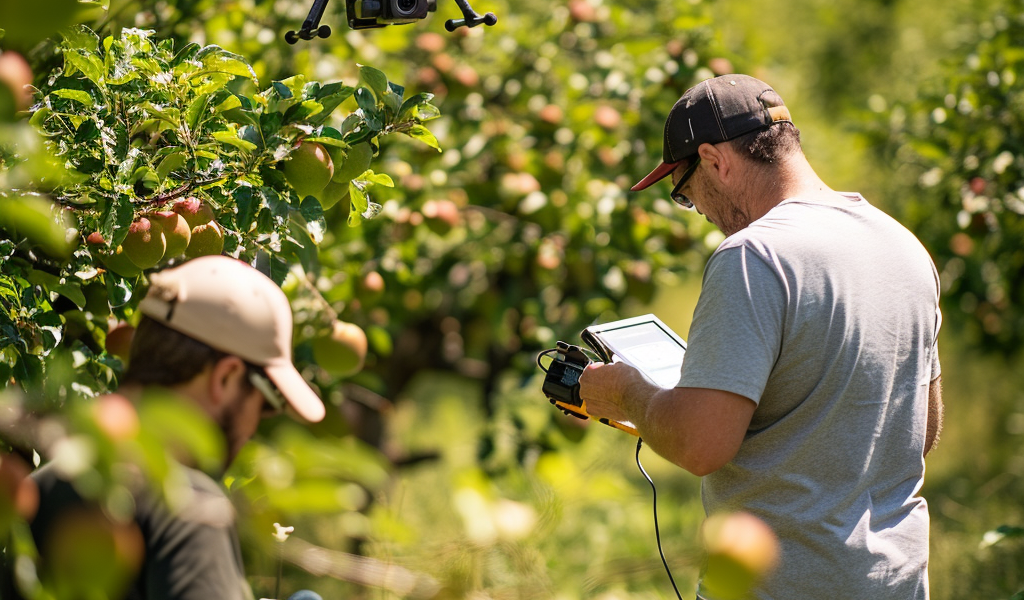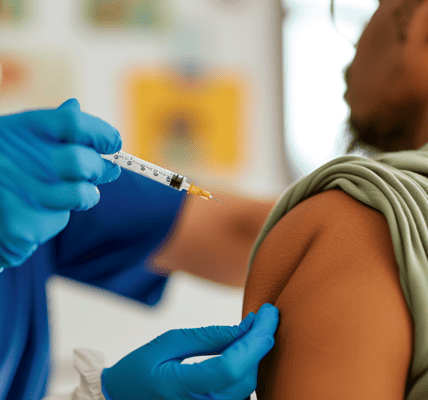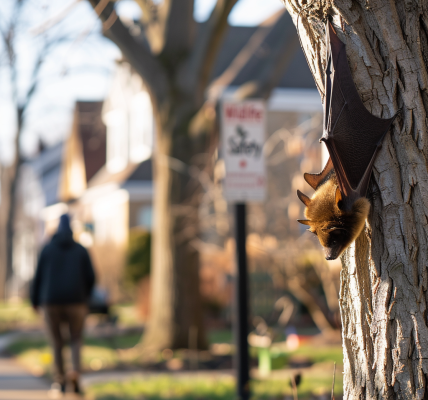Special Online Feature: Global Insight Series on Climate Smart Farming
Fruit Researchers Get Backing To Help Snuff Out Fire Blight
By Virginia Tech News|March 8, 2024
Every year, the U.S. suffers an estimated $100 million in losses of apple, pear, and other pome fruit crops to fire blight, a destructive disease caused by the bacterium Erwinia amylovora. Experts predict more damaging fire blight epidemics in the coming years.
Virginia Tech Assistant Professor Srdjan Acimovic of the College of Agriculture and Life Sciences is leading a team of researchers from seven of the nation’s top apple and pear-producing states in a multipronged effort to help growers manage fire blight at all its stages and stop its spread. The work is supported by a $5.7 million grant from USDA’s National Institute of Food and Agriculture.
“We want to create the next generation of management tools for fire blight,” Acimovic says. “Our project is the first to address fire blight at all stages of the disease – from blossom blight to shoot blight to cankers on wood. We aim to revolutionize fire blight management, providing sustainable solutions for growers while ensuring the economic and environmental viability of the pome fruit industry.”
Fire blight takes a significant bite out of growers’ crop yields and profits. Costs of fire blight removal from infected orchards range from $67 to $2,134 per hectare. This is on top of the regular costs for preventive blight control, which can range from $527 to $1,354 per hectare annually.
In the past decade, a perfect storm of conditions has contributed to fire blight’s rise. Warmer, wetter weather has created a more hospitable environment in which the bacterium can thrive. More profitable high-density orchard planting practices have enabled the disease to spread faster. And first-line treatments have lost their efficacy due to the bacterium’s increased resistance to antibiotics.
To help with the project, he’s partnering with experts from Virginia Tech, Carnegie Mellon University, Michigan State University, Washington State University, Oregon State University, Cornell University, the University of Virginia, and Connecticut’s Agricultural Experiment Station.
“Together, our research team of 15 scientists represents 92% of U.S. apple-producing states,” Acimovic says.
Acimovic’s team has multiple objectives for the four-year project, including:
Improved fire blight canker mapping and detection. The team will use an unmanned ground vehicle with advanced stereo camera technology to produce detailed 3D orchard maps. They will then train artificial intelligence to recognize and highlight areas with fire blight canker to aid growers in their removal during winter.
Better understanding of the pathogen behi





